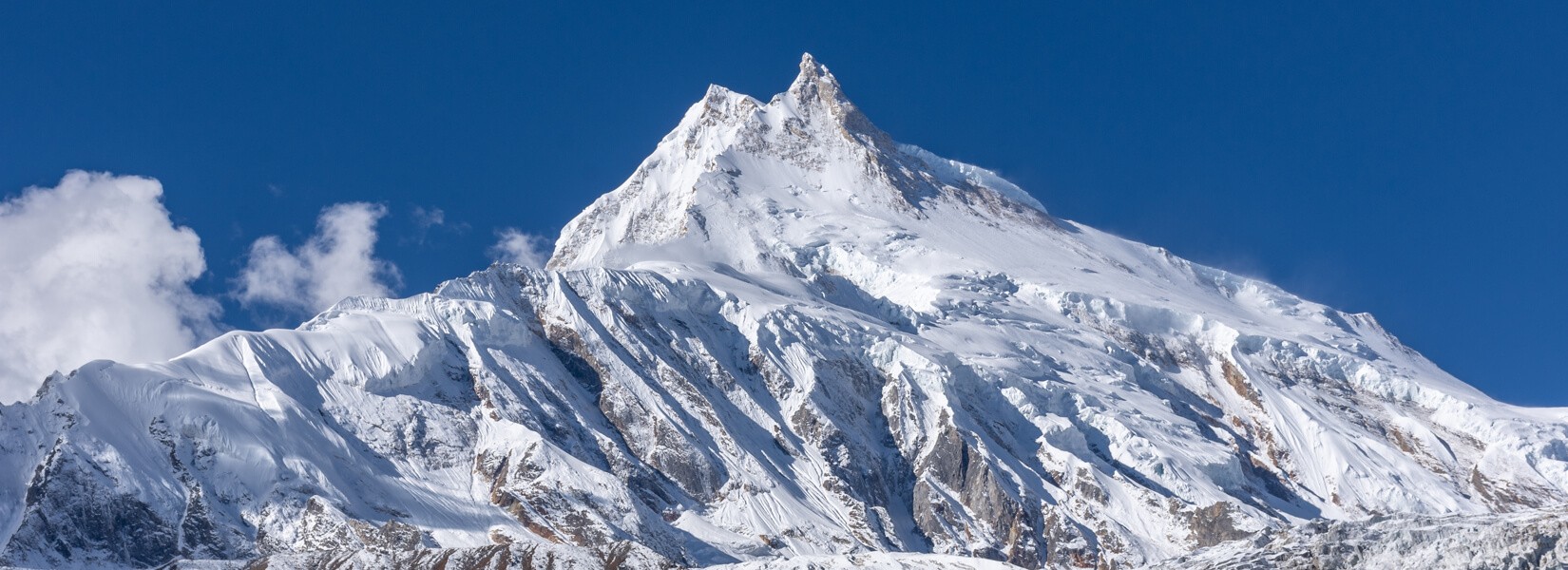About Great Himalayan Trail
In about 150 days the Great Himalaya Trail takes from the east to the west of Nepal, along the Nepal Himalayas and many of the world’s highest mountains. The trek starts in the Kanchenjunga region, in the foothills of Mt. Kanchenjunga, the third-highest mountain in the world. Particularly in the spring season, this part is famous for its Rhododendron flowers that drape the hills in various colours. We trek to Kanchenjunga base camp and then turn back west, crossing the Lumba Sumba pass (5178m) into the Makalu region. In the Kanchenjunga region, basic tea house accommodation is available. The ethnic Limbu and Rai communities settle here mostly. From Ghunsa west, towards Lumba Sumba pass it will be camping.
If you are breaking your tour of the Great Himalayan Trail into sections, you return via Tumlingtar. Otherwise, you will be continuing your trek way north, in the Nepal-Tibet border area, admiring the beautiful Makalu region (part of the Makalu Barun National Park area) and stunning views of Mt. Makalu and Makalu Base camp trek. We continue the high route towards Amphu Lapha across Sherpani Col, one of the highest passes along the trail – with fantastic views of the snowy white peaks and high mountains around us. We have now reached the Everest region and explored the Khumbu valley. In the Khumbu valley, we have a good choice of tea houses for accommodation. Trekking past the Gokyo lakes, including a visit up Gokyo Ri to admire the spectacular views, and crossing the Renjo-la pass, we leave the Everest region across the Tashi Lapcha pass into Rolwaling valley. These regions are mostly inhabited by the Gurung and Sherpa people.
We leave the Rolwaling valley via Tilman pass, descending into Langtang valley, where we encounter the Tamang and Sherpa ethnic groups. Until now you will have already seen a variety of different customs and lifestyles, traditional dresses, and heard different languages that are unique to these ethnicities.
We continue into the Ganesh Himal region and to Ruby valley with its spectacular meadow-laden hills and rich pasture lands, against the backdrop of the massive Annapurna range in the west that we are heading towards. In the Ruby valley area, we now find mostly Gurung and Magar communities.
From Ruby valley, we enter the Manaslu region, following a large part of the route of the Manaslu circuit. North of Mt. Manaslu (8163m) we cross the Larke-la pass (5106m) with spectacular views west of the impressive Annapurna mountain range, Mt. Manaslu and the high mountains in the east.
We soon come to the point where the Manaslu circuit trail meets the Annapurna circuit trail which we will then follow to Manang and then across the Thorong-la pass at 5416m. From here we descend into Mustang, with fantastic views across Upper Mustang that appear in all shades of a relatively barren but still amazingly colourful landscape.
We stop at Muktinath, a famous pilgrimage destination, on the way and continue further west towards the Upper Dolpo trekking area. The Upper Dolpo area is one of Nepal’s remotest places, with unspoiled natural and cultural beauty. Here we walk sometimes for days without passing any settlements but probably meet caravans of yaks or goats on the way that move across the pastures for grazing or that transport goods across the challenging trails.
We continue the journey off-the-beaten track until we reach the serene beauty of Rara Lake which lies crystal clear at almost 3000 meters surrounded by forested hills, with white peaked mountains in the distant background. From Rara Lake we continue through remote areas that have not seen many tourists, towards Simikot. This is one of the remotest and also poorest regions of Nepal and passing through the local villages you will get a glimpse of the lifestyle and traditions of the people along the way. From Simikot, where also the Mt. Kailash trek usually starts, we take the route through the remote Limi valley, with its rich flora and fauna and ancient Buddhist monasteries and religious traditions. At the Hilsa border crossing (Nepal-Tibet border) we end the Great Himalayan trail. From here we return to Kathmandu via Simikot.
It is difficult to describe and credit all the amazing landscapes, the rich natural beauty, and the different lifestyles, cultures and traditions of the various ethnicities in this summarised article about the Great Himalayan Trail high route. But perhaps it gives you an idea and you can explore the different areas in more detail in the various sections of the Great Himalaya Trail. Contact us at Himalayan Ecological Trekking and we can talk you through the route options in detail and all that is required to embark on and master this challenging trail.
